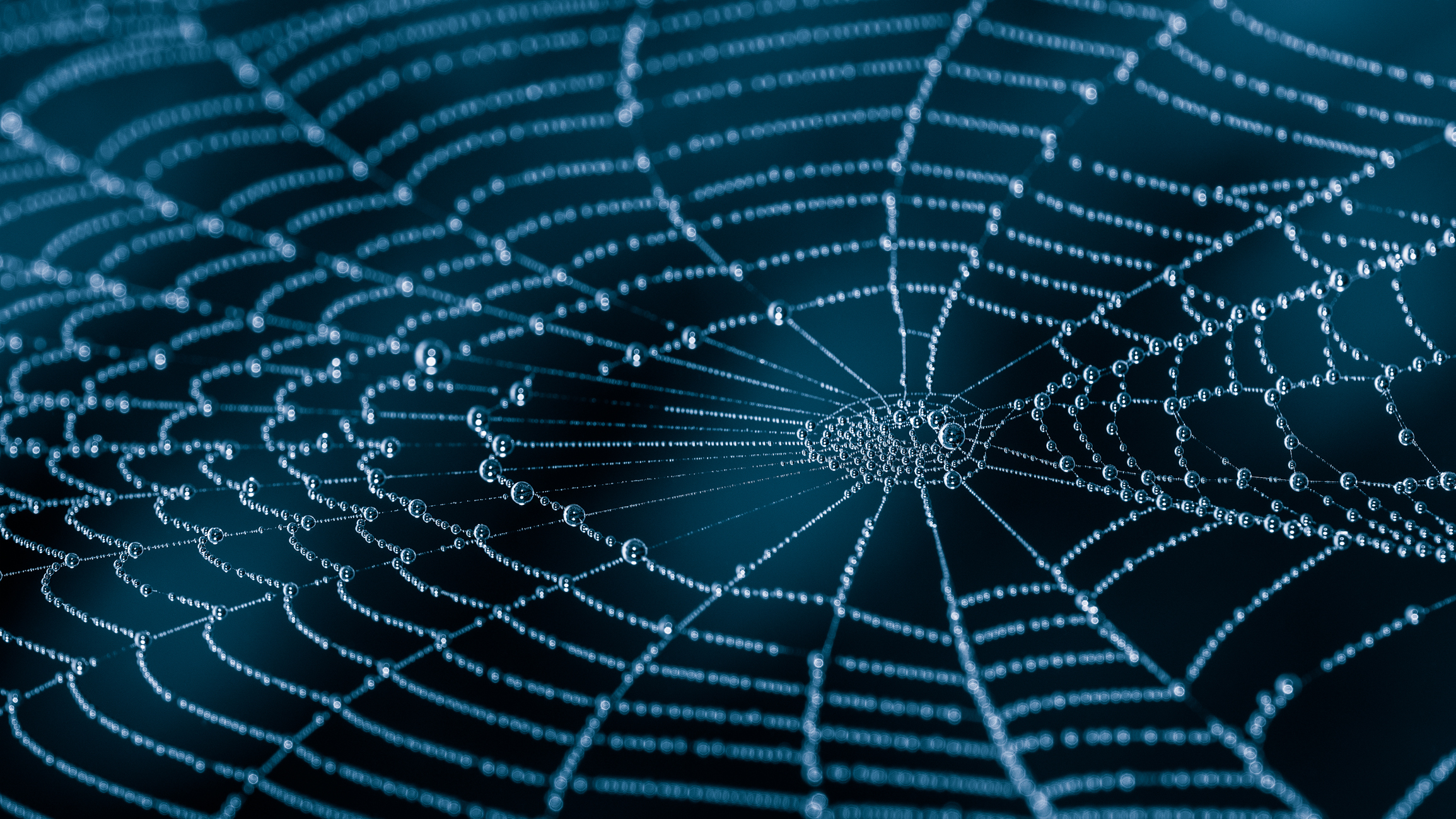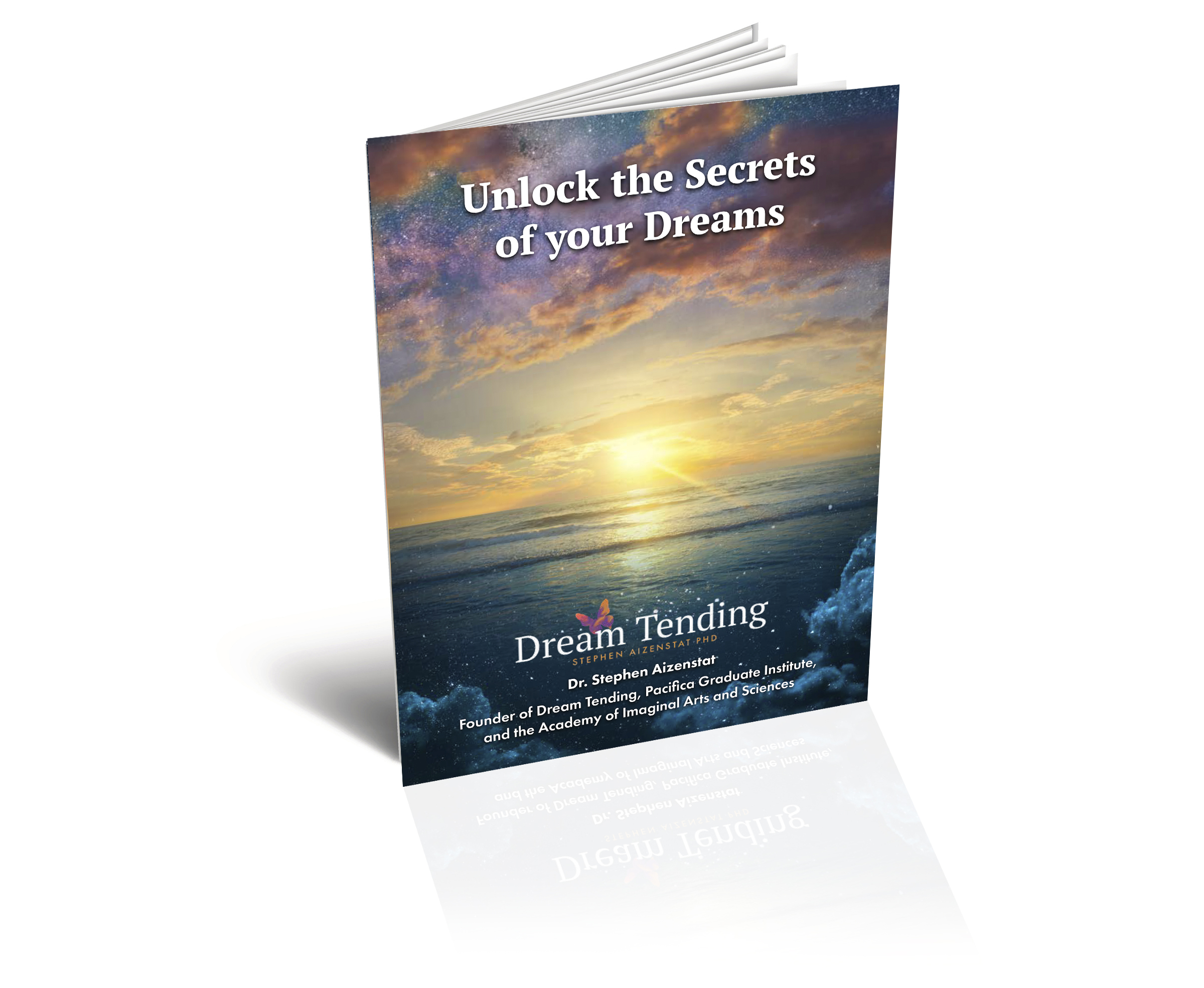When I started studying psychology, particularly dreams, something came alive inside me. I remember the reading list in Psych 101 included Freud’s The Interpretation of Dreams, in which he suggests that dream images are more than what they appear to be. Freud’s method of association signaled the beginning of modern dreamwork. So, I believe starting here is a good idea. He said that the images in dreams are representations of latent wishes or repressed aggressive sexual drives, which are too disturbing for the conscious mind to encounter directly.
Freud developed a reductive method of getting to the meaning of this repressed material, called “association” or “free association.” Freud’s “classical” approach, and those of the dreamworkers who followed in this tradition, associated dream images back to events occurring in the dreamer’s past. In this context, “to associate means to find hidden connections between a dream image and past experience.”
Allow me to illustrate this approach with an example. If there were a lion in a dream, you might think of a trip to the zoo, where you saw a lion. This is associating to the circumstances of the day or the last 48 hours. You might also remember something from National Geographic about lions in Africa. This might then remind you of a boss, a colleague, or a particularly mean-spirited friend, which might further remind you of an aggressive parent. Going further in the classical associative process, you might even remember a specific incident in which a colleague or friend, or even a parent, punished you too harshly, which then might remind you of your own pent-up rage. So when using association in this way, you would link the dream image back to an early scene in life that evoked unexpressed feelings of rage. This rage was the repressed material that the dream was masking.
Dreamwork has evolved in many ways over the decades. Many dream therapists describe the art of association as central to their methods of interpretation. Calvin Hall, for example, states, “in free-associating to a dream, one free associates to each phrase or sentence in the dream, in turn, and then reconstructs the meaning of the whole dream from the separate associations.”
Dream Tending views associative methods as those that link dream images to similar life events or circumstances. You can use methods of association to expand the dream by making connections to present or past life circumstances. You will employ these methods in the exploratory phases of your work, helping to create a context of circumstances, emotions, and events to which the dream offers insight and provides meaning.
Written by Stephen Aizenstat

Stephen Aizenstat
Stephen Aizenstat, Ph.D., is the founder of Dream Tending, Pacifica Graduate Institute, and the Academy of Imaginal Arts and Sciences. He is a world-renowned professor of depth psychology, an imagination specialist, and an innovator. He has served as an organizational consultant to major companies and institutions, and as a depth psychological content advisor to Hollywood film makers. He has lectured extensively in the U.S., Asia, and Europe. He is affiliated with the Earth Charter International project through the United Nations, where he has spoken. Professor Aizenstat is the Chancellor Emeritus and Founding President of Pacifica Graduate Institute. He has collaborated with many notable masters in the field including Joseph Campbell, James Hillman, Marion Woodman, and Robert Johnson.
Unleash your creativity and innate genius
Learn the Power, Purpose and Intelligence of Dreams
Improve the quality of your relationships, discover your authentic life purpose and improve your emotional and physical health with the Dream Tending Academy.
Free e-book download
For over 40 years, I have devoted my life to understanding the profound wisdom and healing power that exists within each of us. I am excited to share my latest e-book that showcases how to tap into your dream state through the powerful applications of creativity and innovation. By following my groundbreaking methods and techniques, you will discover how to unlock your creative potential, increase your emotional and intellectual bandwidth, and realize your personal and professional goals. Download my e-book and unlock the secrets of your dreams and deep imagination!








